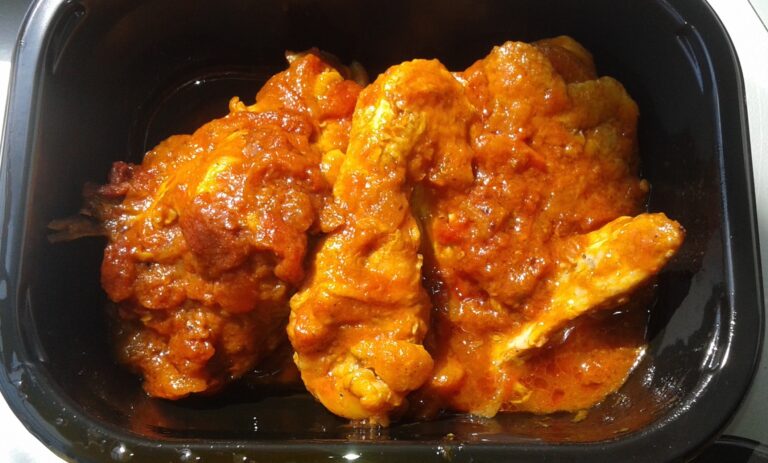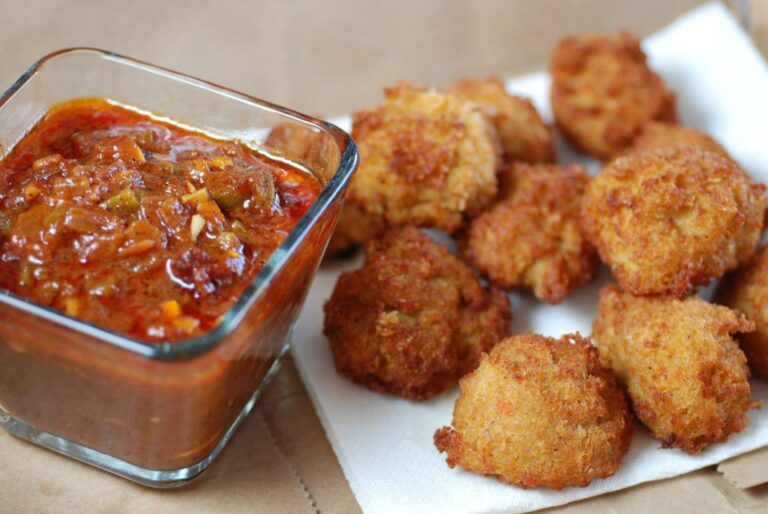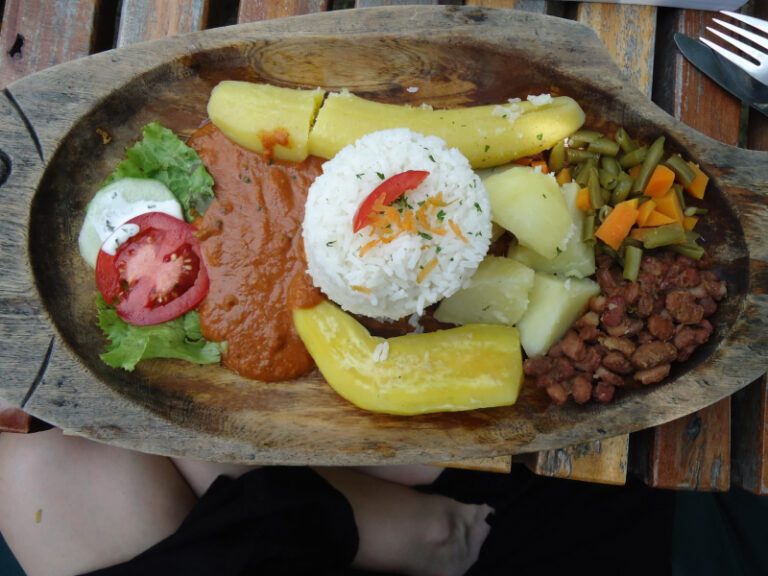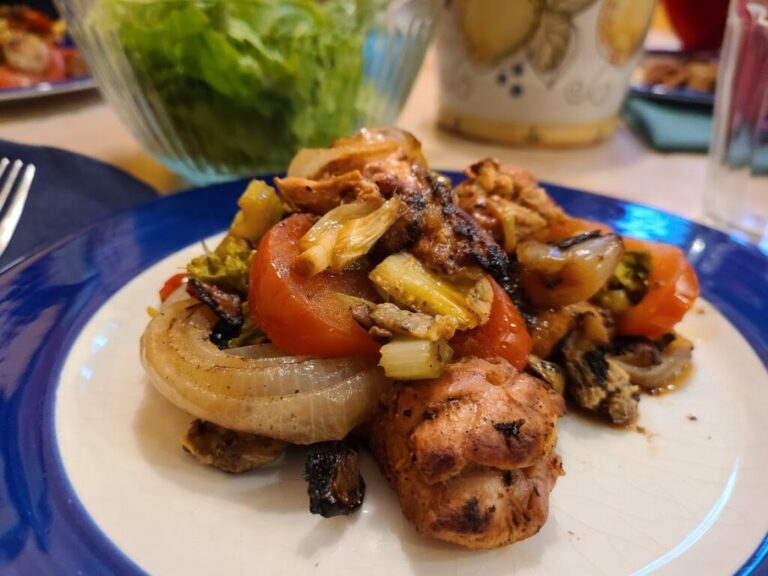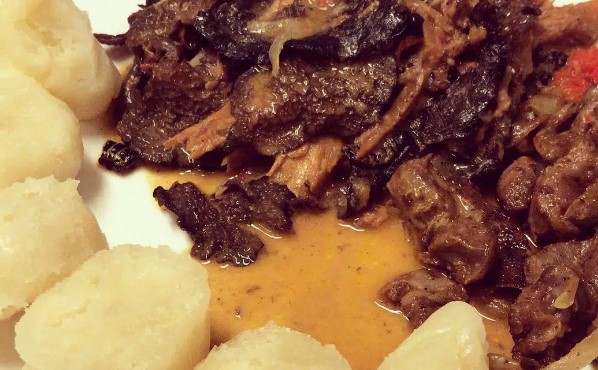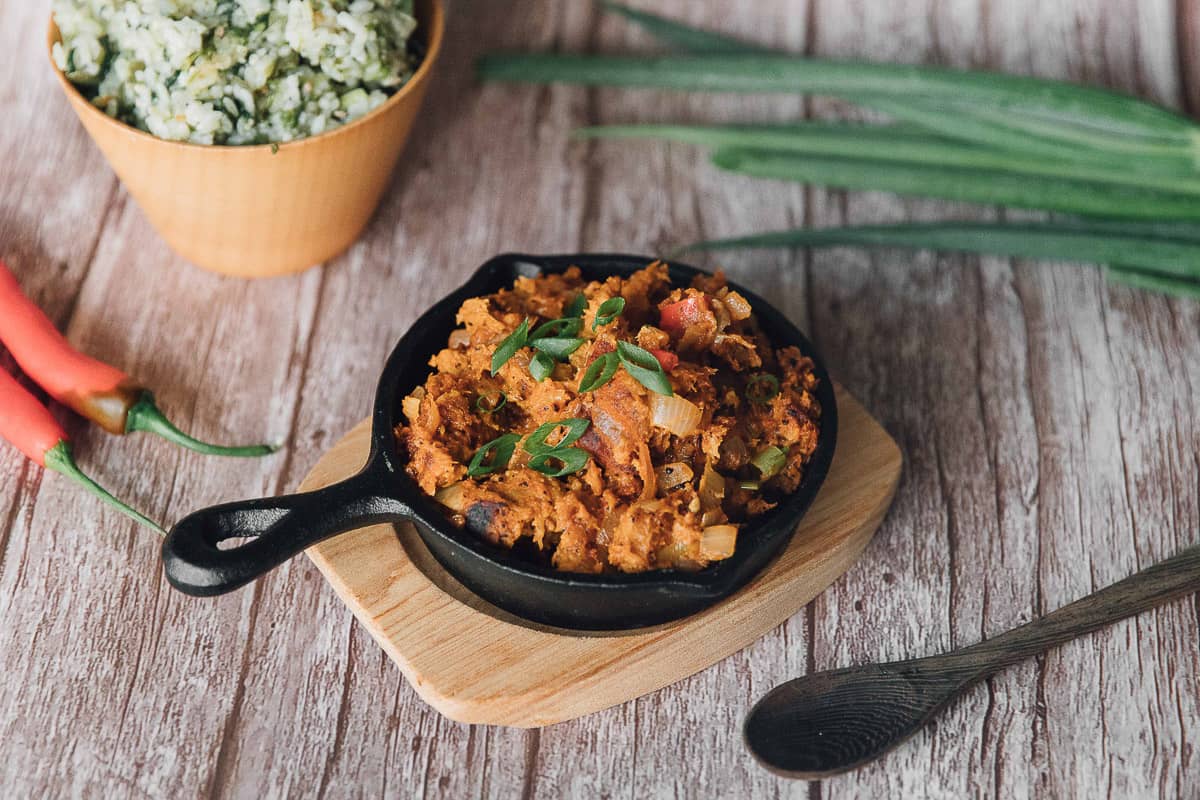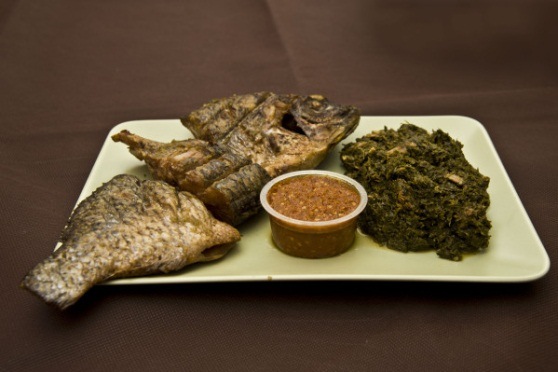Introduction: Exploring Street Food in the Democratic Republic of the Congo
The Democratic Republic of the Congo is a country that is rich in culture and diversity. One of the best ways to experience its vibrant culture is through its street food. Street food in the DRC is a sensory experience that will awaken your taste buds with a mixture of flavors, aromas, and textures. From the bustling streets of Kinshasa to the coastal city of Pointe-Noire, there are many street food markets and areas in the DRC that are worth visiting.
Kinshasa: A Vibrant Hub for Street Food Lovers
Kinshasa is the capital city of the DRC and the largest city in Central Africa. It is also known for its street food scene. The city is home to countless street vendors serving up a variety of local dishes such as fufu, grilled meat, and cassava leaves. One of the most popular street food markets in Kinshasa is the Marché de la Liberté. This market is a bustling hub of activity with vendors selling everything from grilled fish to fresh fruits and vegetables.
Goma: A Delightful Array of Local Flavors
Goma is a city located in the eastern part of the DRC. It is known for its stunning landscape, including the nearby Virunga National Park. Goma is also famous for its street food scene. One of the most popular street food markets in Goma is the Virunga Market. This market is a great place to try local dishes such as sambusa, a savory pastry filled with meat and vegetables, and brochettes, grilled skewers of meat.
Bukavu: A Haven for Adventurous Foodies
Bukavu is a city located in the South Kivu province of the DRC. It is known for its beautiful scenery and outdoor activities, as well as its street food scene. One of the most popular street food markets in Bukavu is the Marché Central. This market is a great place to try local dishes such as moambe, a stew made with palm nuts, and liboke, a dish made with fish or meat that is cooked in banana leaves.
Lubumbashi: A Mix of Congolese and International Cuisine
Lubumbashi is the second-largest city in the DRC and is located in the southeastern part of the country. It is known for its mining industry and its street food scene. One of the most popular street food markets in Lubumbashi is the Marché de Kisanga. This market is a great place to try local dishes such as kwanga, a cassava-based dish, and grilled meat. The city also has a mix of international cuisine options.
Kisangani: A Street Food Scene with Traditional Roots
Kisangani is a city located in the northeastern part of the DRC. It is known for its beautiful landscape, including the nearby Congo River and the Yangambi Biosphere Reserve. Kisangani is also famous for its street food scene, which has traditional roots. One of the most popular street food markets in Kisangani is the Marché Central. This market is a great place to try local dishes such as kwanga, a cassava-based dish, and grilled fish.
Pointe-Noire: A Coastal Haven for Seafood Lovers
Pointe-Noire is a coastal city located in the southwestern part of the DRC. It is known for its beautiful beaches and its seafood cuisine. One of the most popular street food areas in Pointe-Noire is the Plage de la Pointe Indienne. This area is a great place to try local dishes such as grilled fish and shrimp, as well as other seafood specialties.
Conclusion: The Best Street Food Markets and Areas in the DRC
The Democratic Republic of the Congo is a country that is rich in culture and diversity, and its street food scene is no exception. Whether you are in Kinshasa, Goma, Bukavu, Lubumbashi, Kisangani, or Pointe-Noire, there are many street food markets and areas that are worth visiting. From traditional dishes to international cuisine, there is something for everyone to enjoy. So the next time you visit the DRC, be sure to explore its vibrant street food scene.

